The Comprehensive Guide to Self Storage Software
What you need—and what you don’t—to keep your self storage business competitive
Software has enabled humanity to do some incredible things.
Early software flew the Apollo spacecraft from Earth to the moon, a four-day journey between two celestial bodies moving at 67,000 miles per hour! The astronauts could only help guide the ship when they were landing because they couldn’t see the target until then.
And whatever machine you’re reading this on has approximately 900 million times the computing power of the Apollo 11 guidance computer.
Sure, we use it mostly for Facebook and Netflix, but the opportunities provided by modern software are incredible. Self storage software can help you drive demand, collect rent, save time, and maximize your revenue - but only if you know how to use it.
In this article, we’ll go over all the different types of self storage software, from property management software to gate control software, discussing how each can help you run your business better. We’ll also cover the most popular brands in each type, go over their pros and cons, and help you decide which one fits your needs!
Whether you're trying to fully automate your facility or just make your operation more efficient, we've got you covered!
Check out the Table of Contents on the right side of this page to jump to the part you need!
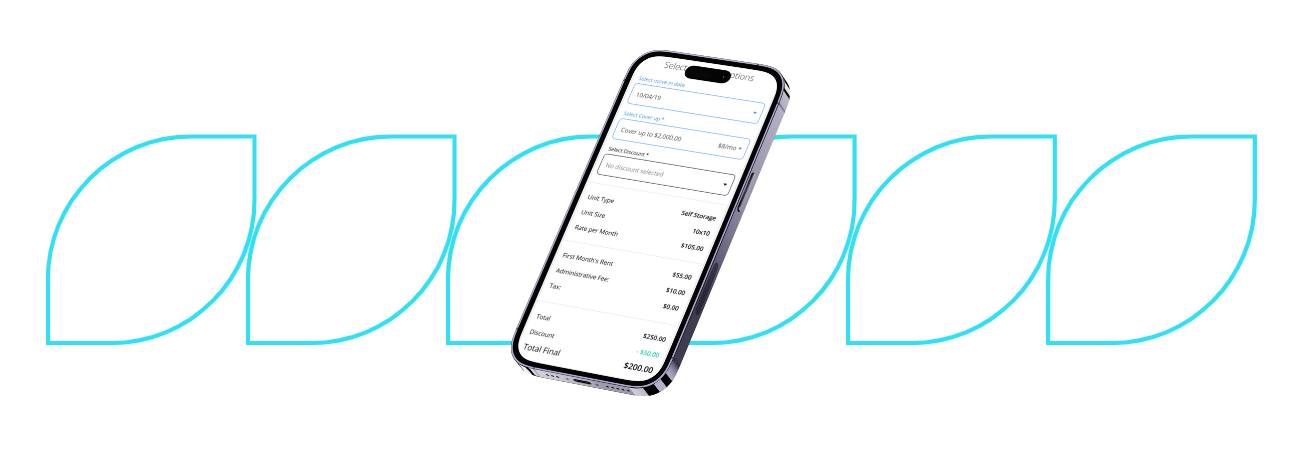
What is Self Storage Management Software
Self storage property management software is a set of tools that all work together to help you run your self storage business. Most facilities have one integrated piece of software that performs all the major functions you need, sharing important information between the different functions. This overarching piece is called the Property Management Software (PMS) or Facility Management Software (FMS).
Other self storage software can be added separately, such as unit alarms, accounting software, wireless locks, etc, but they should all integrate with your PMS.
Shopping for the best self storage software is frustrating. It can get cluttered up by all the different jargon, features, and marketing-speak. Every product has twenty-seven compelling reasons why you need this specific piece of software or your building will collapse.
Your task is to cut through the nonsense, and we can help. We’ve got to drill down into the software to figure out what problems it’s actually going to solve for us - and if we can’t find one, maybe we don’t need it.
Here are the main types of self storage software:
- Property Management Software - This is the foundation of your business. Your PMS keeps track of:
- Unit rentals
- Customer relations
- Billing information
- Tenant information
- Communications
- Payment processing
- With a whole lot more available with the more complicated versions
- Security Software - This category contains a variety of options to keep your facility protected
- Video monitoring and backup
- Unit alarms
- Bluetooth locks
- Gate access software
- Cloud data storage
- Financial Software - These help you manage your money; incoming and outgoing. Many of these are already bundled with your PMS, but if it’s not you’ll need something from this category.
- Accounting software
- Payment processing
- Tax filing software
- Task management
- Self storage insurance
These are a ton of options! And to make it more complicated, you can find many different self storage software brands that compile most of these features. We’ll cover each one in depth so you can decide whether your business needs any specific features before you pay for them.
Best Self Storage Software Companies
Property Management Software comes in a huge range of shapes and sizes - in general, the more you pay for, the more features you’ll get. You’re also paying for different levels of service, as more expensive PMSs will have bigger support staff.
Expensive isn't always better! If you're running a tiny facility in a rural area, you don't need an AI-powered, hyper-performing software. You can make do with something simple - and cheap.
Ambitious owners may want a more comprehensive bit of software. That can work well, too! The goal is to find the self storage software that matches your facility (without wasting months trying them all out).
Not all features are listed here! We’ve talked to operators and software providers to get useful quotes and list the features that matter most. We've also listed scores from Capterra and G2 (software review aggregators).













How Much Does Storage Software Cost?
Property management software typically has three different avenues of payment, and each company might charge you more in one than the other. These are:
- Monthly Subscription Cost
- Startup Cost
- Percentage of Payment Processing Cost
Monthly Subscription Costs
This is the easiest to calculate. Depending on how many units you have and how many facilities you run, you’ll pay the PMS company a certain amount per month for the service.
Some companies charge per unit, while others have pricing tiers that change the monthly cost when you hit a certain number of units (ie, under 300 storage units is one price, 300-500 is another, etc.).
Almost every company is going to charge you more for larger facilities. If you’re operating a small facility, this won’t be as big of a jump in cost, but if you’re operating hundreds of units or multiple facilities, you’ll need to pay close attention to what your price will actually be.
Factor in whether or not you plan on growing soon, too. If you’re going to expand rapidly you don’t want the hassle of learning a new PMS on top of the difficulties of opening a new facility.
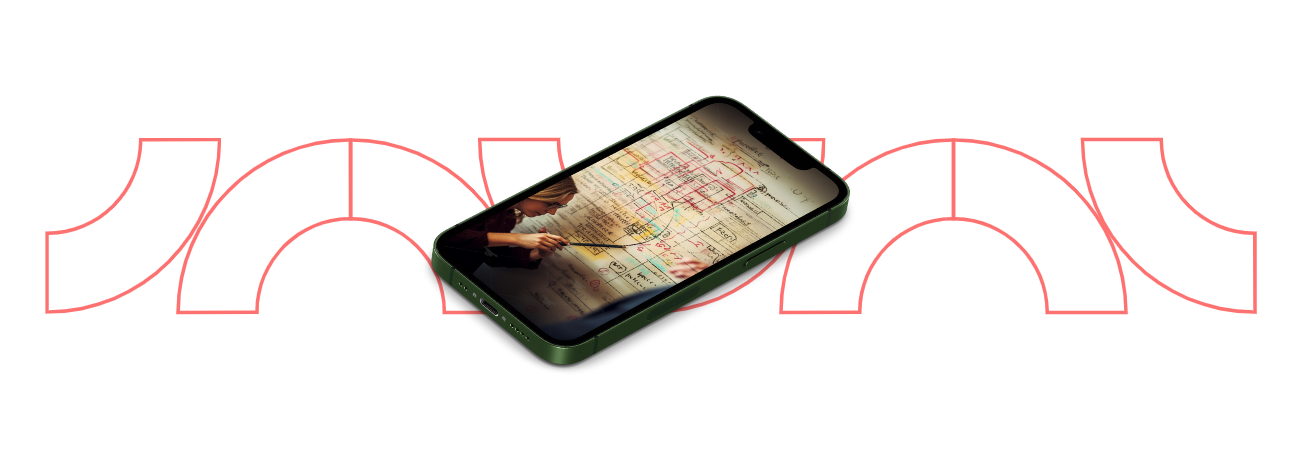
Startup or Onboarding Costs
Most PMSs charge a flat fee for all the work required to get your facility set up with the new software. That can include training, hardware, and other onboarding steps. If your software company is building you a website, they’ll have to pay a team to create that, too.
Startup costs should cover all these expenses - if you’re getting a software set without any startup costs, you’ll probably have to sign a contract to offset it. If not, you may not get much in the way of onboarding and you’ll have to learn to use the software set without training.
This charge will quickly be outweighed by the monthly payments and processing costs in most cases.
Payment Processing Fees
Almost all of these property management softwares offer payment processing, and for many of them, part of the way they make money is by charging a percentage of your transactions. Depending on your net income, this could quickly eclipse any monthyl fees.
If you’re a small facility, you may be able to save money by taking a higher payment processing fee over higher flat fees. Of course, the larger your business, the higher all of these fees will be.
Estimating Total Costs
Running a mock budget for a year with these charges can help you get a better understanding of what you’re actually going to pay. If you’ve already been running, you can take last year’s budget and plug those numbers into the new PMS pay schedule to see how much you’ll pay. If you’re a new business, you won’t have last year’s numbers - plug in averages from your area instead, if you can.
Your State Self Storage Association is a great resource for more information. The more local your test numbers, the more accurate they’ll be!
Once you know how much you’ll actually be paying per year, you can balance the benefits between the different softwares. There are also some unmeasurable variables - like how easy you find the software to use, how good their support team is, and how well the company keeps up with new needs and trends.
While you certainly can change PMS (and should in certain circumstances), be aware that you’re committing significant time to relearn a new system. This time and effort could be spent elsewhere, so it has a real opportunity cost that could exceed any money you’re saving!
Self Storage Facility Software Features
When you’re shopping for self storage management software, you’re going to get flooded with features - but what do these advertised features actually do? Will they make your day easier, or will you end up with a metaphorical bookshelf full of unused options?
This is a list of self storage management software features, complete with an explanation of what concrete benefit they can bring. Keep in mind you don’t need all of these - depending on the size of your business you may not need many. Not all PMSs have all of these features, but most will have a significant number of them.
![]() Security Gate Access Control
Security Gate Access Control
Issuing gate codes to new tenants, retracting access from delinquent tenants, and ensuring only the right people can get through the gate.
![]() Payment processing (online or PoS)
Payment processing (online or PoS)
Accept payments from customers. This can include a Point of Sale system and online payment acceptance, with varying levels of sophistication.
![]() CRM
CRM
Sending communications to your tenants, tracking leads for follow-up, requesting reviews, and generating marketing reports. Your CRM feature will also track all your customers’ information, including credit card info, phone numbers, birthdays, etc.
![]() Automatic billing
Automatic billing
This is the type of task software excels at - repetitive, detailed, and requiring of precision. A good automatic billing system will ensure your books are kept balanced and will alert you when your attention is needed.
![]() Tenant Information
Tenant Information
The most barebones version of customer management - you need something that will keep track of all your tenants.
![]() Lead management
Lead management
Lead management systems will alert you when a customer has visited your website, interacted with an ad, or otherwise indicated an interest in renting with you. Some have automated email followup and more.
![]() Late fee calculation
Late fee calculation
Automatically calculating and billing late fees when your customers don’t pay on time. Choose one that enables you to forgive late fees too.
![]() Multiple location capabilities
Multiple location capabilities
Keeping customers separate, billing separate, employees separate, etc. If you've got multiple locations, make sure your software keeps them clear and easy to manage.
![]() Document management
Document management
Document management means your software can save, store, and return important documentation on demand. Most PMSs will have this capability, but ease of use is very important.
![]() Reporting
Reporting
Self storage reporting lets you make informed decisions about your business. That means keeping track of your lead conversions, revenue per unit type, customers’ payment rates, marketing success, late fees, and everything else that you might need to know.
![]() Online rentals
Online rentals
Offering online rentals is trickier than a lot of these other features. You have to have a self storage website that can talk with your property management software and payment processing. Some PMS companies require you to buy their website for online rentals to work.
Online rentals are no longer optional - if you don't offer them, you'll fall behind your competitors who do.
![]() E-Sign/E-Verify
E-Sign/E-Verify
An e-sign feature enables you to collect legally binding signatures from your tenants online. This is important if you’re going to be renting your units online.
![]() Task/to-do lists
Task/to-do lists
A comprehensive PMS should have some sort of time management feature that lets you keep track of everyday tasks.
![]() Rate changes
Rate changes
Rate change software can automatically offer different rates to customers depending on certain circumstances. For example, if you’re almost full, good rate management software can raise the rate on your remaining units until it hits the sweet spot of what customers are willing to pay.
![]() Reminder emails
Reminder emails
Reminder emails are automatically sent to customers to remind them when their bill is due. This reduces delinquency, saves time, and creates a better customer experience.
![]() Auction management
Auction management
Self storage auction management tools will let you semi-automate the auction process, which saves time and protects you from mistakes. Some tie into online auction websites too.
![]() Discount and other pricing tools
Discount and other pricing tools
Discount pricing tools enable you to change all your rates (or apply certain discounts) all at once. This can be helpful if you offer discount plans like “7th month free,” so you don’t have to remember or go back and change the rate yourself when the tenant gets to their 7th month.
![]() Unit tracking/management
Unit tracking/management
This is the most basic feature your PMS should have. Unit tracking features monitor all your rentals and catalog all your units, so you can tell who is in which unit, how many you have available, which unit types are making money, which ones people don’t rent, etc.
![]() Marketing data
Marketing data
Good marketing software will track which tenants come from which marketing investments, so you can see how well each is working.
![]() Property map
Property map
A property map helps you visualize your occupancy better - and it can help you use Value Pricing to better match the rates you charge to the demand for a specific unit.
![]() Surveys
Surveys
Automatic surveys can help you shape your business to match your customers’ needs, if you can get your customers to answer them.
![]() Emails
Emails
Most PMSs let you send emails to your customers, which is incredibly useful. You need to be able to send rental rate increase notices, new leases, or simply invite them to your community events! If you stumble across a PMS that doesn’t let you automatically email your tenants, steer clear.
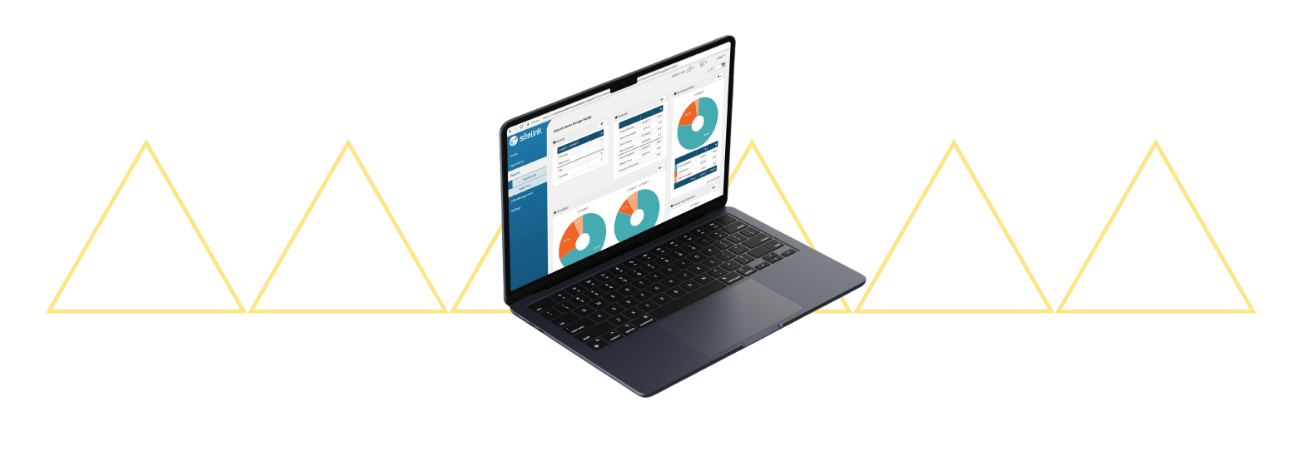
What Software Do Most Self Storage Facilities Use?
SiteLink is the most commonly used property management software, as far as we can tell.
SiteLink was the leading management software when much of the industry started to adopt technology, and for good reason - it works!
SiteLink won ISS’s award for Best Management Software for eight straight years, and most of the voters are self storage operators - you can’t ask for a better recommendation than that.
One big reason people choose SiteLink is that they have a cloud-based Web Edition that you can access from anywhere. This lets you check on your business even when you’re out on the lot - performing most of the tasks you’d do at your computer right from your phone.
Of course, there are other benefits to cloud computing than convenience, such as data backup.
SiteLink offers flexibility that a lot of other software options don’t - with SiteLink, you can choose your own website vendor, text messaging service, or credit card processing company. Many other PMSes require you to use their version of these functions, which locks you into a service you may not want.

Smart Storage Unit Software
Now that you’ve got your foundational software sorted, you can start thinking about building up your tech presence with other options!
Self storage has been relatively low-tech over the last few decades - while Amazon and Netflix were revolutionizing their industries, self storage was just bumping along, doing fine.
Now the industry has started booming, especially after the Great Recession. Big investment firms have started moving in, and with them comes modernization in every aspect of the business.
Property Management Software is one of the big upgrades, of course, as is a self storage website. Many operators are pushing even further forward with Smart Storage Units.
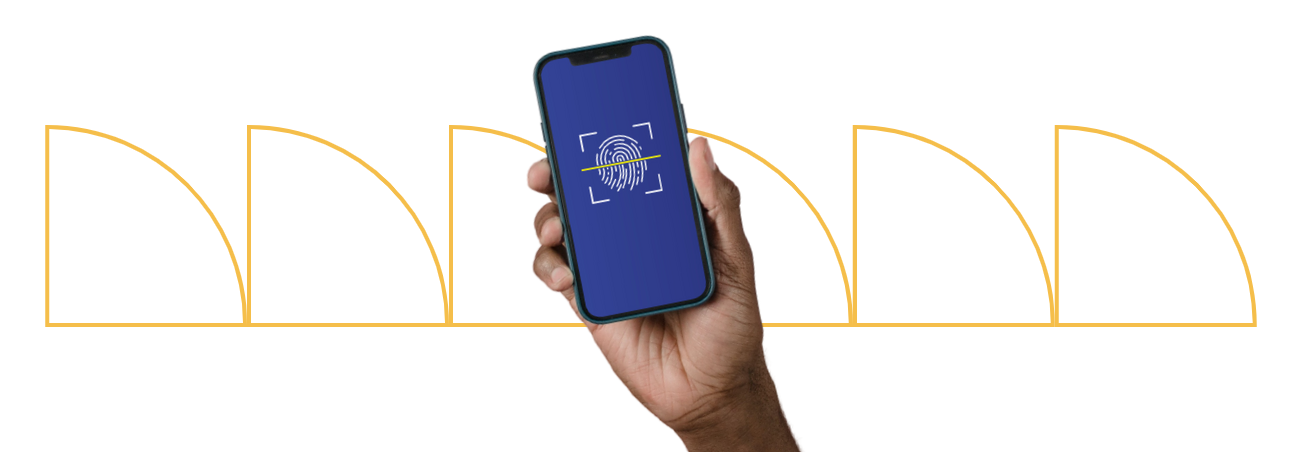
What Are Smart Storage Units?
This is a broad term that can refer to several different actual technologies. The primary two are Bluetooth unit access apps and unit monitors. These both allow your tenants to have better control over their units.
Smart units, in general, are a way for self storage facilities to differentiate themselves from the competition. Smart units provide value above and beyond what the average self storage unit can offer, and customers will often pay more for the added capabilities.
Smart units are a good investment if you can charge more for them - or if they increase demand.
That being said, not every customer base is prepared to pay extra for a smart unit. Many of our operators upgrade just a handful of self storage units at first to gauge interest. Younger generations are more likely to opt for smart units, so that’s a good way to estimate your potential audience.
If you only offer drive-up, non-climate storage, you may have a harder time convincing your tenants to pay more for Bluetooth locks. The higher-tech your current operation, the more likely you are to benefit from upgrading to smart units.
There are two main options for smart storage unit software, each of which offers a different set of features.
Nokē offers software and hardware that lets your tenants enter their self storage unit with their smartphone instead of a key.
SpiderDoor offers gate access control, door access control, and easy-to-install unit alarms.
Nokē
Nokē (pronounced No-Key, of course) primarily provides smart locks that let your customers access their storage unit and your facility with the Bluetooth identification of their smartphone, without keys or codes.
This can be a big boost for your customers, as they don’t have to remember a gate code or keep up with a key - which then benefits you because you don’t have to replace keys or remind them of gate codes.
With Nokē locks, you also save money by not needing to rekey a lock when a tenant moves out. You can just tell the Bluetooth lock not to admit that tenant any longer and you’re good to go.
Nokē also lets you track who accesses which units and when.
This can be incredibly useful, especially if you’ve got a big facility with tons of tenants coming and going. With this information you can tell who was on the property at any given time - say, when someone backed their truck into your office.
With smart locks like Nokē, your tenants can delegate access to their self storage unit to others - family members, friends, whoever. The app software will then track who accesses the property or a given storage unit.
Nokē uses actual padlocks that are unlocked by Bluetooth phone signals. If the battery in the lock dies, you can jumpstart it with an external battery. Tenants who prefer not to use a smartphone app can still unlock the padlock with Nokē’s Quick-Click feature.
Nokē offers:
- Automatic Wireless Unit Access
- Automatic Gate Access
- Tracking Apps
SpiderDoor
SpiderDoor offers both gate access control hardware, unit locks, and unit monitors. They also have manager and tenant apps that integrate with their software and hardware.
The big value add for SpiderDoor is that all of their stuff is super easy to install - their keypads work off of wifi or cellular data, so you don’t have to hardwire them to your server, their unit alarms are wireless and battery powered, and of course, their apps use a smartphone’s wireless signal too.
While they do have apps you can use, the unit alarms and keypads work without them, which is important. Tenants may not want to install more apps on their phones, and even if they do, adding more steps to their rental process isn’t good practice. You want your tenants to have the easiest possible rental, as this creates a better customer experience.
SpiderDoor can be set up to simply text the tenant when their alarm goes off. Some of our storage operator friends demonstrate their unit alarms to potential renters by having a text sent whenever the manager opens the door - this can impress on-the-fence renters!
SpiderDoor has customizable escalations, so you can tell it who to alert in a given situation. For example, text the tenant when the unit is accessed, then text your manager if the tenant doesn’t know the unit was supposed to be accessed.
SpiderDoor offers:
- Wireless Unit Monitors
- Gate Access Hardware
- Text Alerts
- Monitoring Apps
Gate Access Software
This category is less complicated than the others - mostly, your gate access software should automatically give new customers a code to access their self storage unit.
This necessitates your gate access software be able to talk to your PMS, whichever one you choose. If your system can’t automatically issue access to new tenants, you’ll have to pay someone to manually issue these codes - or do it yourself.
You’ll need to buy a physical gate as well, and those come in a huge array of shapes, sizes, and styles. Check out our guide to self storage gate software here.
Many gate access systems also offer other access options, like door alarms and video surveillance systems. These include lots of hardware options, so we’re not going to go in-depth here, but here is a list of popular gate access software providers:
- PTI Security Systems
- SpiderDoor
- DoorKing
- Insomniac CIA Access Control
- Sentinel Systems
- Stor-Guard
- Access Control by Storable
- Nokē

Other Types of Self Storage Software
There are a few other types of self storage software that can be beneficial to your business but don’t sit comfortably in any of the prior categories. We’ll cover a couple here, though you could find hundreds more if you looked. Inside Self Storage has a huge catalog of storage options, ranging from construction contractors to software developers.
The other big categories of self storage software include:
- Smart unit software
- Call management software
- Revenue management software
- Data aggregation
- Competitor tracking
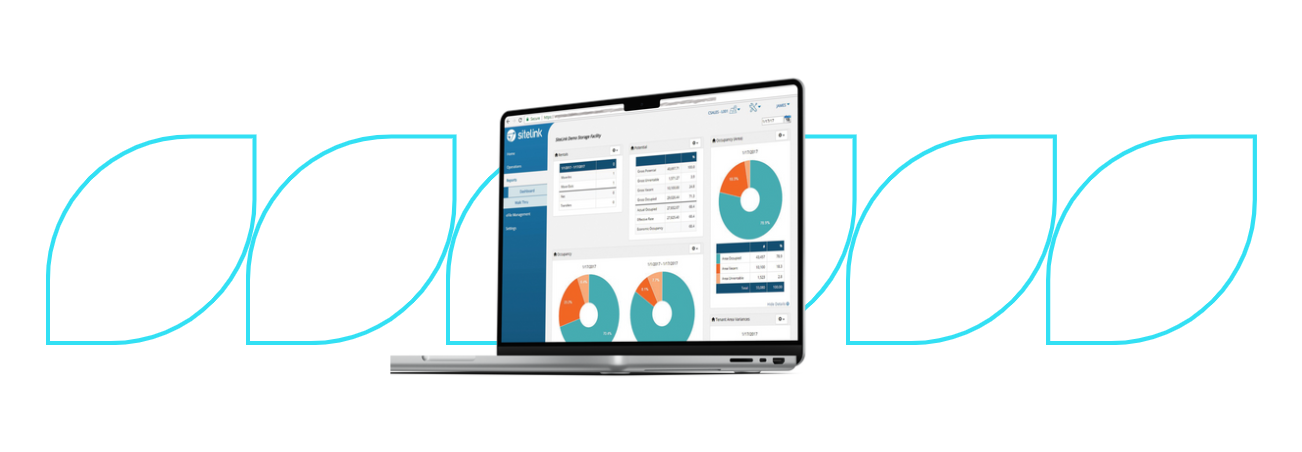
Where to Go from Here
Choosing the best self storage software for a small business is intimidating. If you’re thinking about changing your PMS, or you’ve purchased a new facility, this could be one of your most important choices!
The cost of your software will add up over your first year of using it and can get to a very imposing sum if you’ve got a big facility, but you can’t go without one either.
To make a good decision, you’ve got to understand what you’re buying and what you’re paying!
A lot of self storage operators end up paying for software that they don’t use - to some extent, this is unavoidable. PMSs bundle tons of features together and you may not need all of them. But you do need to be careful not to pay more for features that you’re not using.
Before you make a big PMS purchase, make a list of the features you’re certain you’ll need and use. Then, make a list of features that would be nice but not necessary - ones you may be willing to pay more for, but aren’t deal breakers.
With this list in hand, you’re prepared to sort between the gigantic list of features that each Property Management Software offers. You can either choose the cheapest option that meets your needs, or you can balance cost with intangibles - service, reputation, and experience.
Your self storage management software will multiply the capabilities of you and your staff. What once would have taken hours and hours of manual labor can be done in an instant. This saves you time, yes, but it also makes for a much better experience for your customers.
They can rent with a click, pay with a click, and upgrade with a click. They can get reminders to pay on time, so they don’t get dinged by late fees. They can find your units online, browse your features, and reserve theirs no matter where they are.
And the better experience your customers have, the better your business will do!





